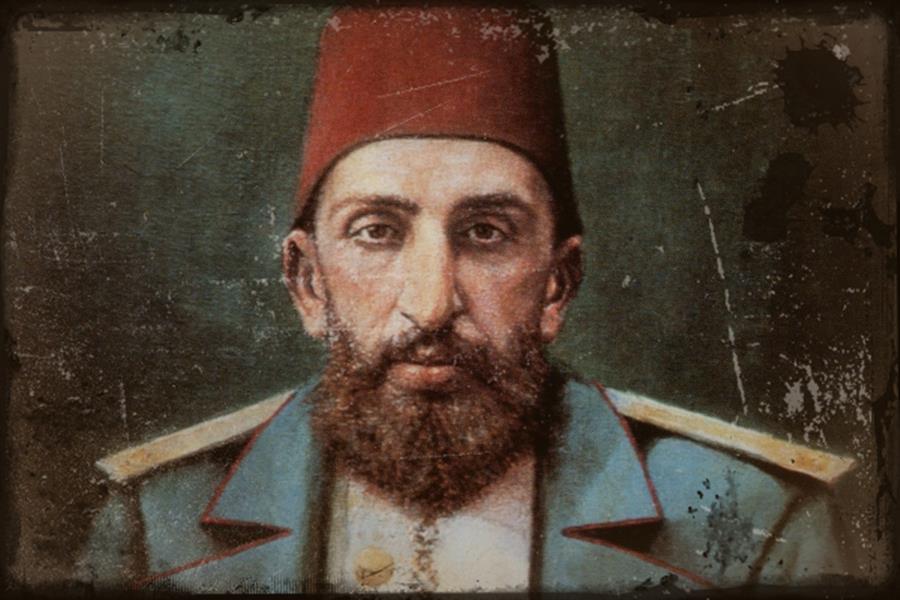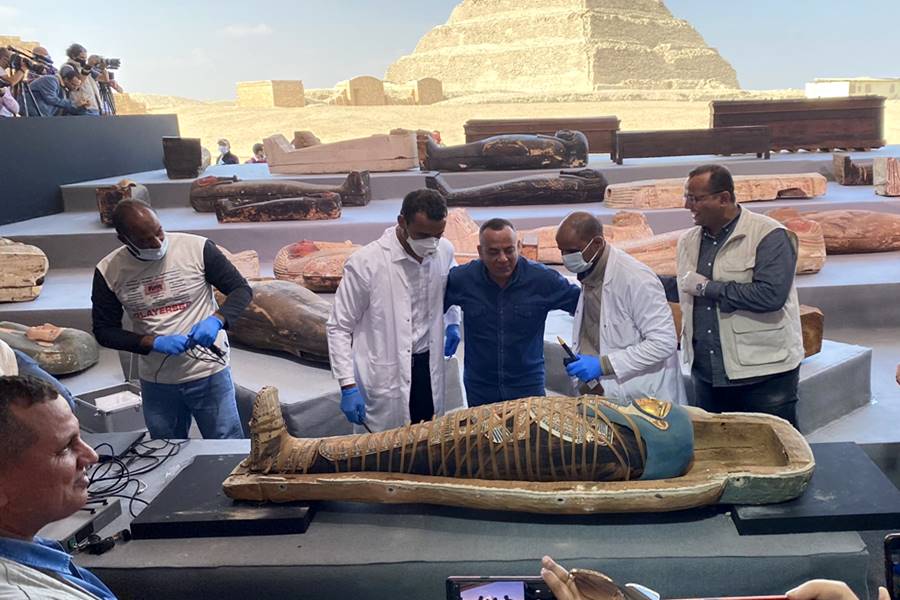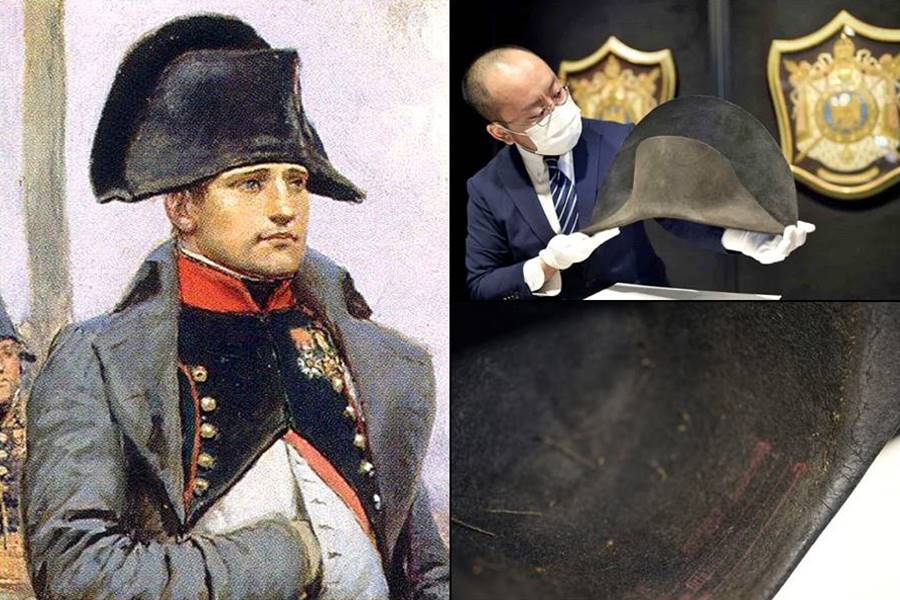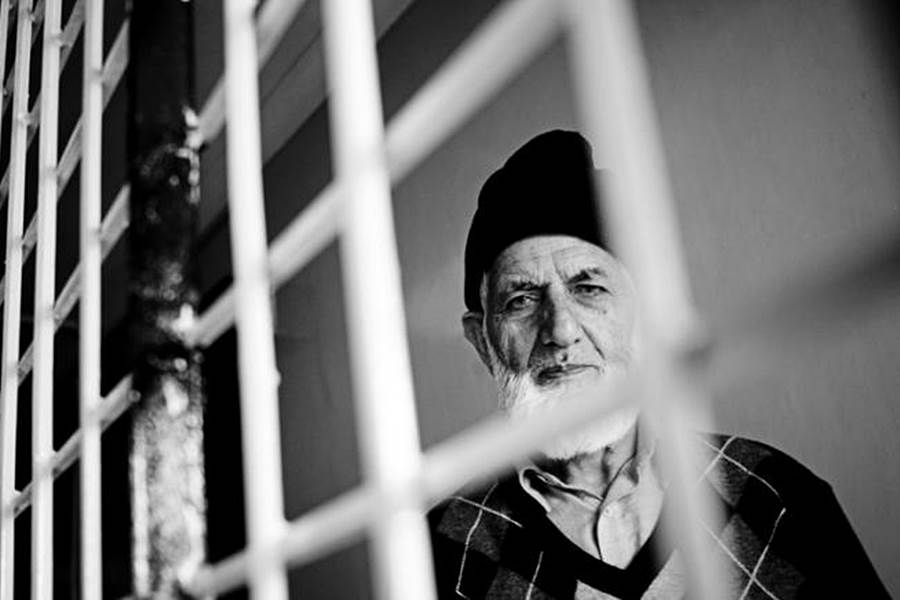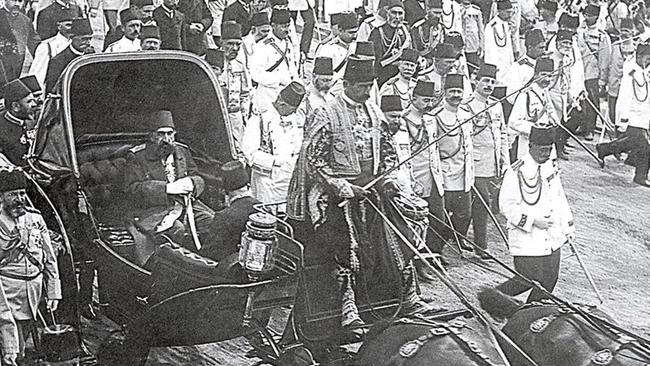Wednesday marks the 103rd anniversary of the death of Abdulhamid II, an Ottoman sultan known for his groundbreaking reforms in an ailing empire.
According to historical sources, Abdulhamid II was born in Istanbul on Sept. 21, 1842. Growing up in the Ottoman palace, he was fluent in many languages, including French, Arabic, and Persian.
His childhood and youth coincided with the Tanzimat, a period of reform in the Ottoman Empire that began in 1839.
Abdulhamid’s 33-year reign began on Aug. 31, 1876, as the empire was in dire straits amid threats both at home and abroad.
The same year of his ascension, he signed the empire’s first constitution, known as the Kanun-i Esasi, on Dec. 23, laying the foundations for constitutional government.
Excelling at foreign policy, he closely followed political developments across the globe with his main goal being to secure peace for the empire.
He sought to strengthen the Ottomans’ relations with the Islamic world, making this a fundamental policy.
Among the Ottoman sultans, Abdulhamid used the title of caliph the most. Sending religious scholars to countries as far as South Africa and Japan, he worked to spread Islam and fight colonial countries.
In 1900, he ordered the construction of a railway line connecting Damascus in present-day Syria to the Muslim holy cities of Mecca and Medina along the Hejaz on the Red Sea’s eastern coast, a region currently in Saudi Arabia. The tracks reached Medina in 1908.
His economic policy prioritized the repayment of external debt left from predecessors. He signed an agreement with European creditors on Dec. 20, 1881, to pay off a significant portion.
Abdulhamid II also took important steps in education. He opened numerous primary, secondary, and high schools, as well as schools for the handicapped and military academies, throughout the empire.
He also placed great importance on sports. The three biggest clubs in Turkish football — Fenerbahce, Galatasaray, and Besiktas — were all founded during his reign.
The sultan also commissioned a priceless collection of photo albums depicting various cities across the vast empire, especially Istanbul.
He financed the construction of the Sisli Etfal Hospital and the Darulacaze nursing home from his own purse. Both are still operational in Istanbul.
Electric tram lines were also opened in many cities, while highways were extended and telegraph lines were set up through the Basra region, now located in southern Iraq, as well as the Hejaz.
Clock towers were erected throughout the empire to commemorate the 25th anniversary of his accession to the throne.
The ruler, who enjoyed Western music, opera, and theater, cut palace expenses as much as possible and lived a simple life.
On April 13, 1909, a group of dissidents unsatisfied with Abdulhamid’s rule and seeking to replace the monarchy with a constitutional government launched an uprising in Istanbul. The deadly uprising lasted 11 days.
Abdulhamid II was deposed on April 27, 1909, and replaced by his younger brother, Mehmed V.
On the same night he was dethroned, he was sent to Thessaloniki, in modern-day Greece, along with 38 others, including his family members.
Three years later, on Nov. 1, 1912, Abdulhamid II was sent back to Istanbul, where he spent his last days at Beylerbeyi Palace, in the city’s Uskudar district.
Abdulhamid II, the son of Sultan Abdulmecid, died at Istanbul’s Beylerbeyi Palace on Feb. 10, 1918.
-AA

FOLLOW INDEPENDENT PRESS:
TWITTER (CLICK HERE)
https://twitter.com/IpIndependent
FACEBOOK (CLICK HERE)
https://web.facebook.com/ipindependent
Think your friends would be interested? Share this story!


